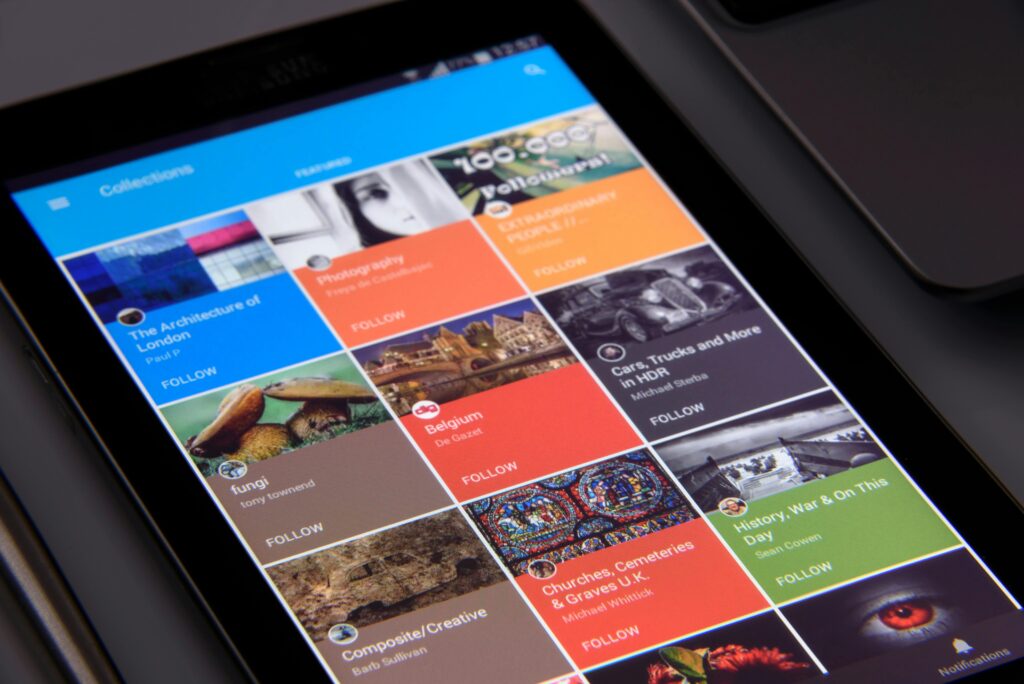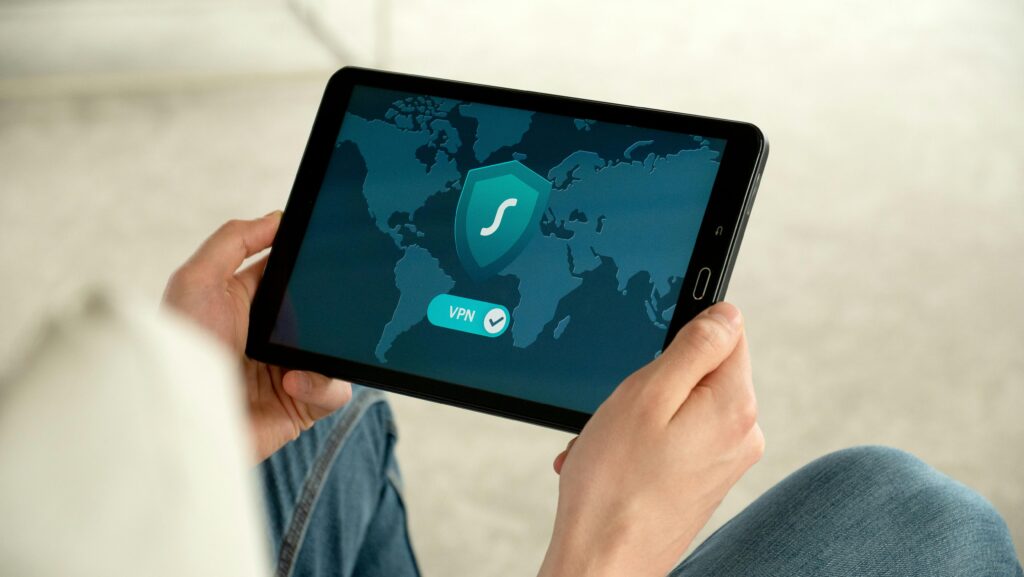Introduction to Cloud and Edge Computing

Cloud computing and edge computing are two transformative paradigms that are reshaping the landscape of data processing in contemporary technology. Cloud computing refers to the delivery of computing services over the internet, allowing users to access and store data on remote servers rather than local infrastructure. This model leverages centralized data centers, offering significant scalability, flexibility, and cost efficiency. By utilizing cloud services, organizations can process vast amounts of data without the need for extensive on-premises equipment, thereby enhancing their operational agility.
Edge computing, on the other hand, brings data processing closer to the source of data generation. This model is particularly relevant in environments where real-time data processing is critical, such as the Internet of Things (IoT) devices, smart sensors, and autonomous vehicles. By deploying computing resources at the edge of the network, edge computing minimizes latency and bandwidth usage, ensuring faster response times and improved application performance. The significance of edge computing lies in its ability to handle data locally, thereby reducing the reliance on cloud infrastructure and enabling enhanced decision-making capabilities in real-time scenarios.
Both cloud and edge computing play pivotal roles in the modern technological ecosystem. While cloud computing excels in scenarios requiring extensive data storage and complex computations, edge computing addresses the growing demand for instantaneous data processing at the network’s periphery. Organizations are increasingly adopting hybrid models that combine the strengths of both paradigms to optimize their data workflows, maximize operational efficiency, and enhance user experiences. Understanding the core principles of cloud and edge computing is essential for grasping their distinct roles and the future of data processing in an ever-evolving digital landscape.
The Rise of Cloud Computing
Cloud computing has emerged as a transformative technology, fundamentally changing the way data is processed, stored, and accessed. As businesses and individuals increasingly rely on digital solutions, the advantages of cloud services have become more apparent, particularly in the context of smartphones. With the proliferation of powerful mobile devices like the Samsung Galaxy S24 Ultra and iPhone 15 Pro Max, the integration of cloud capabilities plays a pivotal role in enhancing user experiences.
One of the primary advantages of cloud computing is its ability to provide virtually unlimited storage and processing resources. Users can leverage cloud services to store large volumes of data without the need for extensive local storage on their smartphones. For instance, services like Google Drive and iCloud allow users to seamlessly save photos, videos, and documents, ensuring easy access across multiple devices. This functionality is especially beneficial for smartphone users who often capture high-resolution images and create videos that consume significant storage space.
Furthermore, cloud computing enables advanced data processing and artificial intelligence functionalities. Smartphones like the Samsung Galaxy S24 Ultra and iPhone 15 Pro Max utilize these capabilities to deliver real-time processing power. For instance, machine learning algorithms run on the cloud can facilitate features such as voice recognition and smart photo editing, enhancing the overall user experience. By offloading complex tasks to the cloud, devices can operate more efficiently, conserving battery life and improving performance.
The rise of cloud computing has not only transformed individual user experiences but has also driven businesses to adopt cloud-based solutions for data management and analysis. With the growing demand for remote work and collaboration, the scalability and flexibility offered by cloud computing make it an attractive option for organizations seeking to future-proof their operations. As we continue to embrace this technology, it is essential to recognize its impact on mobile devices and the broader landscape of data processing.

Understanding Edge Computing
Edge computing is a distributed computing paradigm that brings computation and data storage closer to the location where it is needed, enhancing the processing speed and efficiency. Unlike the traditional cloud computing model, where data is sent to remote servers for processing and storage, edge computing allows data to be processed at or near the source of data generation. This approach significantly minimizes latency and improves responsiveness, making it particularly beneficial in scenarios requiring real-time data processing.
The benefits of edge computing become evident in various applications, especially those necessitating immediate decision-making or data analysis. For instance, autonomous vehicles, industrial automation systems, and smart city infrastructures often rely on edge computing for efficient data handling. These systems generate vast amounts of data that must be analyzed quickly to ensure safety and operational efficiency. By processing data locally, edge computing reduces the dependency on internet connectivity and enables continuous functionality even in low-bandwidth situations.
Modern devices, such as the Asus ROG Phone 8, exemplify the utilization of edge computing. This smartphone incorporates advanced computing capabilities to enhance gaming performance and deliver seamless experiences. By leveraging edge computing resources, the device optimizes processing tasks that would typically require substantial cloud interaction, thus improving gaming latency and visual quality. This illustrates how edge computing can empower not only individual devices but also larger networked environments, providing a significant advantage over cloud computing in specific use cases.
As organizations increasingly seek to optimize their operations, understanding the role of edge computing becomes essential. This technology is positioned to meet the demands of a rapidly evolving digital landscape, providing solutions that promote efficiency and enhance user experiences by enabling instant data processing and reducing delays associated with cloud reliance.
Comparing Performance: Cloud vs. Edge
Performance is a crucial factor when evaluating cloud computing and edge computing, as each approach has distinct advantages and disadvantages based on specific use cases. One of the primary differences lies in latency, which refers to the time it takes for data to travel from its source to its destination. Edge computing significantly reduces latency by processing data closer to its source, which is especially beneficial for applications requiring real-time insights, such as autonomous vehicles or industrial automation. In such scenarios, the immediate response times provided by edge solutions can be a matter of operational efficiency and safety.
On the other hand, cloud computing often involves greater latency due to the longer distance data must travel to centralized servers. However, the cloud excels in handling large data sets and performing complex computations, making it less affected by latency in scenarios that do not require immediate processing. For example, applications such as big data analytics or machine learning can leverage the extensive computing power and storage capabilities of cloud infrastructure, demonstrating that the best performance depends on the specific requirements of the application in question.
When assessing speed, edge computing can offer quicker data processing, especially for short tasks, while the cloud tends to be more efficient for extensive data operations that do not necessitate immediacy. Reliability also varies between the two, with cloud services often providing high redundancy and uptime due to a network of distributed data centers. In contrast, edge devices may be vulnerable to connectivity issues, but they can continue to operate independently in isolated environments.
Service availability further highlights this distinction, as cloud platforms generally offer broader geographic coverage, making them more suitable for global applications. Meanwhile, edge computing thrives in scenarios characterized by local data generation, where immediate processing is paramount. Ultimately, the choice between cloud and edge computing performance hinges on the unique needs of the application, underscoring the importance of both approaches in the evolving landscape of data processing.
AI Capabilities in Cloud vs. Edge Computing
The advent of artificial intelligence (AI) has significantly transformed the landscape of data processing, especially within cloud and edge computing frameworks. In a cloud computing environment, AI capabilities are often centralized, leveraging the vast resources of data centers to perform complex computations. This centralized approach allows for more extensive machine learning algorithms and complex models due to the abundant processing power and storage available. For instance, applications such as Google Cloud AI and Microsoft Azure AI exemplify how cloud services harness substantial data to train AI models, facilitate real-time analytics, and offer extensive support for developers. Cloud environments can quickly ingest massive datasets, thereby enhancing AI decision-making and predictive capabilities on a larger scale.
Conversely, edge computing focuses on processing data closer to the source, enabling real-time responses and reducing latency. This is particularly evident in devices like the Google Pixel 8 Pro and Sony Xperia 1 V, which integrate AI capabilities on the device itself. These smartphones utilize edge AI to perform tasks such as image processing, voice recognition, and personalized recommendations without the continuous need for cloud connectivity. For example, the AI in these devices can efficiently execute real-time language translation or enhance camera functionalities, benefiting from localized data processing that minimizes delays.
The choice between cloud and edge computing often lies in the specific use case. Applications demanding immediate responses and minimal latency, such as autonomous vehicles and smart home devices, are more suited to edge computing. On the other hand, tasks that require extensive computational resources and can tolerate latency, such as comprehensive data analysis and large-scale machine learning model training, are best serviced by cloud computing. By harnessing the strengths of both environments, organizations can optimize their AI functionalities and enhance operational efficiency.
Use Cases for Smartphones: Real-World Examples
Smartphones have become indispensable tools that leverage both cloud and edge computing to enhance user experience across various functionalities. For instance, flagship devices like the Apple iPhone and Samsung Galaxy series employ cloud computing for extensive data storage and processing. Cloud-based services, such as Google Photos and iCloud, utilize the power of remote servers to manage and backup large volumes of data, enabling users to access their memories from any device while ensuring space conservation on their smartphones.
On the other hand, edge computing plays a crucial role in optimizing real-time applications such as photography. The latest smartphones incorporate sophisticated camera systems where edge computing allows for immediate image processing. Features like real-time HDR and portrait mode benefit significantly from on-device algorithms that provide instant feedback and adjustments. This immediate processing delivers well-optimized images without the need for continuous cloud interaction, enabling a seamless user experience that fosters creativity.
Additionally, gaming on smartphones exemplifies the fusion of cloud and edge technologies. Mobile gaming platforms utilize cloud computing to support multiplayer experiences with significant data requirements, allowing for expansive virtual environments and comprehensive interactive elements. Conversely, latency-sensitive games take advantage of edge computing to minimize lag. By processing game data closer to the user’s device, smartphones can deliver smoother and faster gameplay, significantly enhancing overall functionality.
Security features in smartphones also illustrate how cloud and edge computing complement each other. While devices rely on edge computing for biometric data processing—such as facial recognition and fingerprint scanning—to ensure prompt access, the cloud stores encrypted data and backups, providing an additional layer of security. This synergy highlights how distinct computing models work together to enhance both usability and safety in smartphone technology.
Future Trends in Data Processing
The data processing landscape is undergoing a significant transformation, where cloud and edge computing are becoming increasingly intertwined. As technology continues to evolve, it is predicted that these two paradigms will converge, creating a more integrated approach to data management and analysis. This convergence is expected to be driven by several advancements including improved connectivity, enhanced artificial intelligence (AI), and greater data processing capabilities.
One of the most promising trends is the rise of 5G technology, which will facilitate seamless communication between edge devices and cloud servers. This increase in bandwidth will enable real-time data processing and analytics, enhancing the performance of applications that require immediate insights. With the deployment of 5G networks, organizations will be able to leverage both cloud and edge computing, deploying workloads closer to where data is generated while still benefitting from the cloud’s extensive resources.
Moreover, advancements in AI and machine learning algorithms are anticipated to significantly influence data processing. These technologies will allow edge devices to perform more complex tasks, reducing the dependency on cloud servers for computation. As AI capabilities improve, edge devices will increasingly be capable of processing vast amounts of data independently, which will lead to quicker decision-making processes and less latency.
Furthermore, as the focus on data privacy and security intensifies, there may be a shift towards processing sensitive information at the edge, minimizing the risks associated with transmitting data to the cloud. This trend may encourage organizations to adopt hybrid models where certain applications are carried out on the edge, while others benefit from the expansive resources of cloud computing.
In conclusion, the future of data processing is likely to be characterized by the harmonious interplay of cloud and edge computing. As technological advancements continue to shape this landscape, organizations that adapt to these changes will be better positioned to leverage the full potential of their data assets.
Challenges Faced by Cloud and Edge Computing
Both cloud and edge computing technologies present distinct challenges that organizations must navigate to fully harness their advantages for data processing. One of the prominent challenges for cloud computing is the inherent security and privacy risks. As businesses rely more on cloud services to store and process sensitive data, the potential for data breaches and cyber-attacks increases. Attackers often target centralized data hubs, making it imperative for businesses to implement stringent security measures, including encryption and continuous monitoring, to safeguard their intellectual property and customer information.
Another challenge for cloud computing is the dependency on continuous internet connectivity. Unlike edge computing, which processes data closer to the source, cloud computing requires robust internet connectivity for real-time data access and processing. This creates challenges for organizations operating in remote areas or regions with unreliable internet service, limiting their ability to leverage cloud solutions effectively. Furthermore, outages and latency issues can disrupt workflows, potentially leading to significant losses in productivity.

On the other hand, edge computing, while addressing some of the latency concerns associated with cloud computing, faces its own hurdles, particularly in terms of infrastructure demands. Deploying edge devices necessitates a significant investment in hardware and software, especially when scaling across multiple locations. Ensuring uniformity and interoperability between various devices, which may run different operating systems or applications, further complicates deployment efforts.
Another critical challenge for edge computing involves security and data governance. Though data processing occurs locally, edge nodes can be vulnerable to similar cyber threats as cloud architectures. Thus, edge computing requires a robust security framework to manage data privacy and protect against unauthorized access while ensuring compliance with data regulations.
Conclusion: Which is the Future?
The evolution of data processing has increasingly centered around two prominent paradigms: cloud computing and edge computing. Each of these approaches presents unique advantages and limitations that must be examined in the context of future technological developments and growing user demands. Cloud computing offers the benefits of scalable resources and centralized management, allowing organizations to store and analyze vast amounts of data effortlessly. On the other hand, edge computing enhances efficiency by processing data closer to its source, thereby reducing latency and improving response times, crucial for real-time applications in sectors such as IoT (Internet of Things) and autonomous vehicles.
When evaluating which paradigm could be deemed the future of data processing, it is essential to consider the specific use cases and environment in which these technologies will be applied. As businesses increasingly necessitate rapid decision-making processes and immediate data access, the advantages of edge computing may become more pronounced. This trend is marked by the rise of applications requiring real-time analytics, where the latency inherent in cloud processing could be detrimental to performance. Conversely, cloud computing remains a robust option for scenarios that require substantial data storage and flexibility, particularly for businesses that prioritize long-term data sustainability and cost-effectiveness.
The future of data processing is likely to be characterized by a hybrid approach, where organizations seamlessly integrate both cloud and edge computing solutions to leverage their respective strengths. This model will enable the efficient handling of large datasets while ensuring low-latency processing for critical applications. As technology continues to progress, the coexistence of cloud and edge paradigms may become a norm, catering to the varied needs of data-driven enterprises and ensuring their ability to innovate in an increasingly complex digital landscape.



